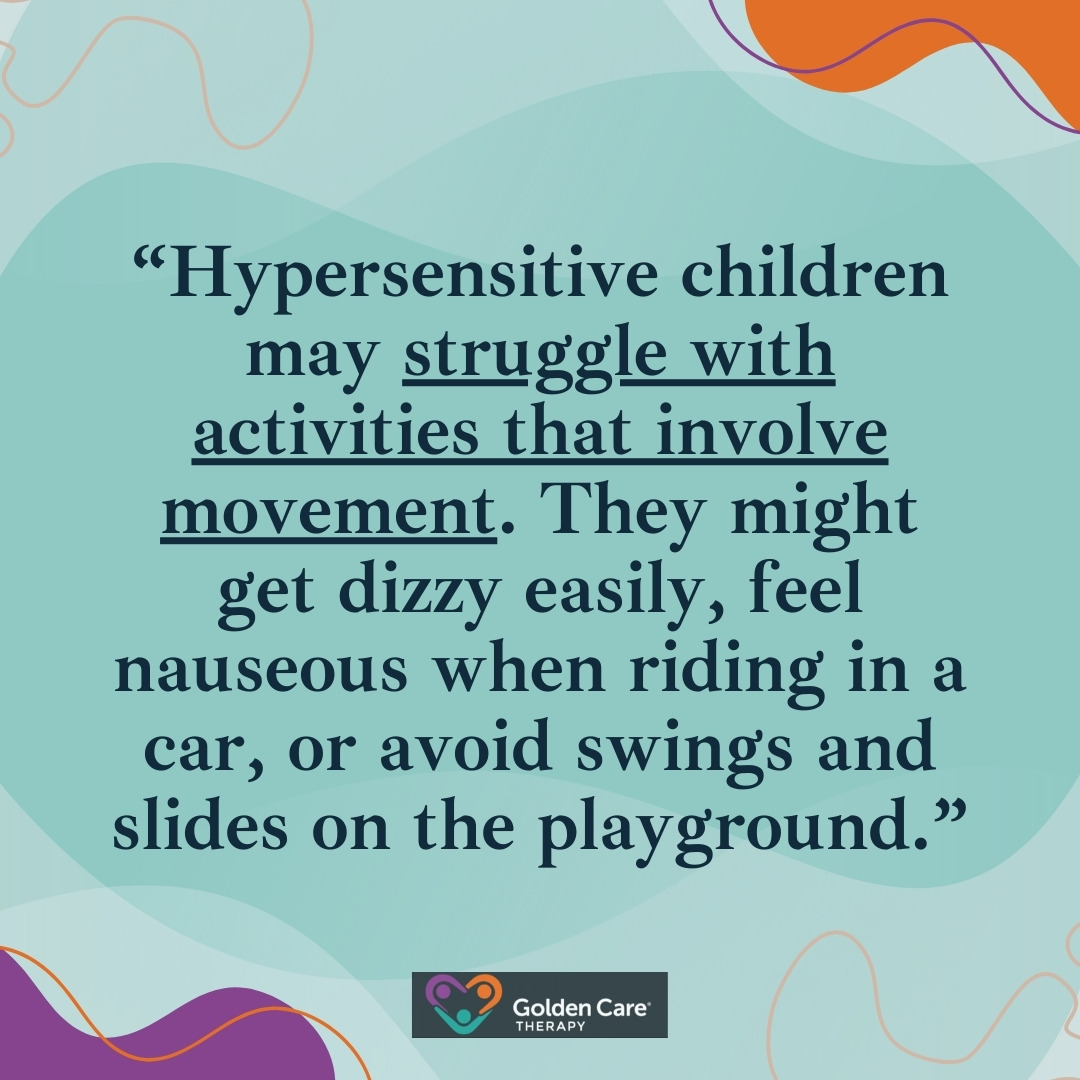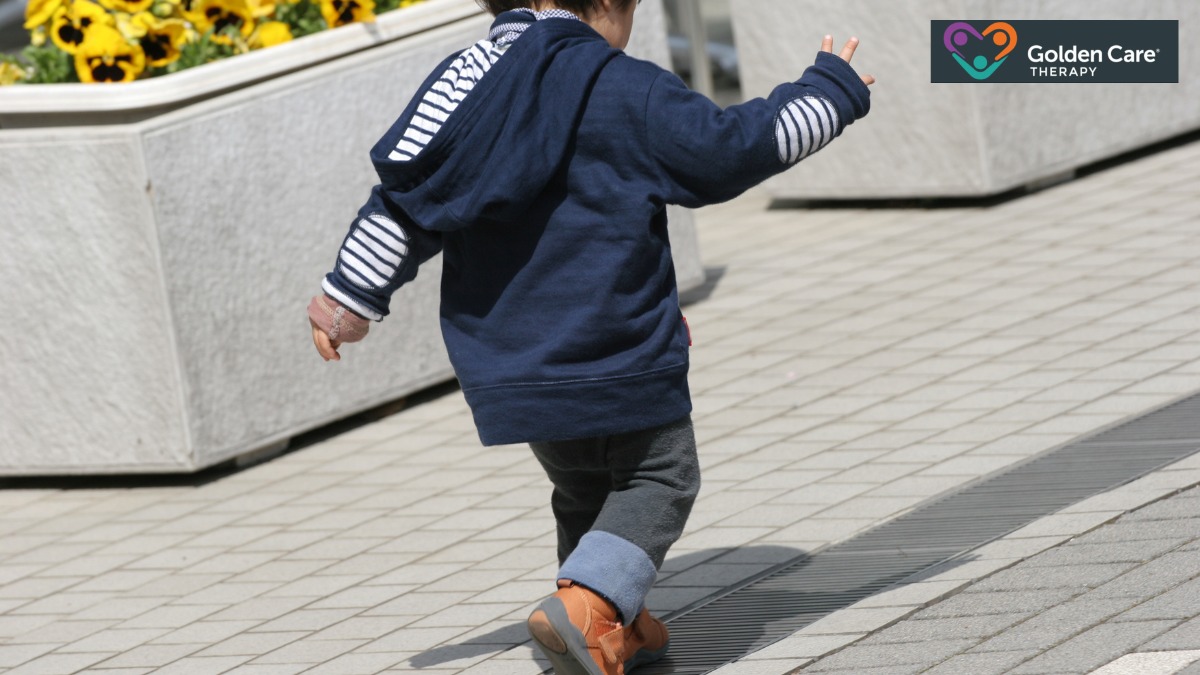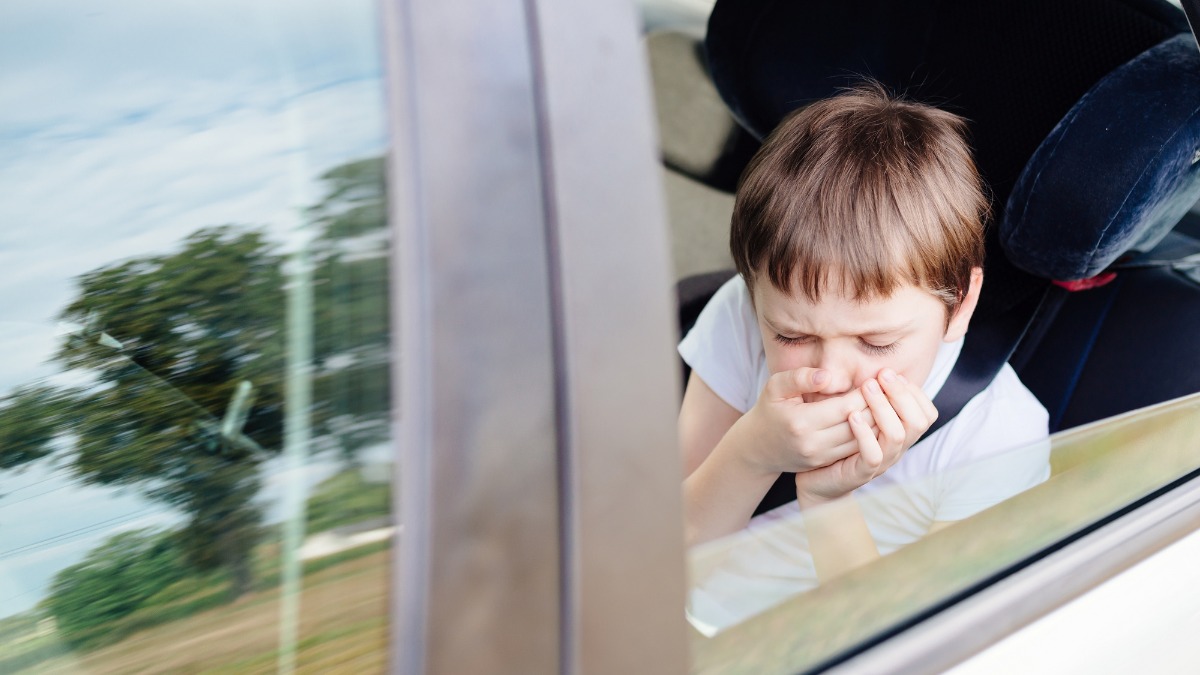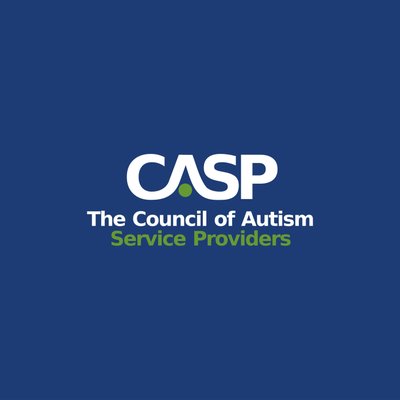Many children with autism experience sensory challenges that affect how they interact with the world. One of the less commonly discussed but profoundly impactful sensory issues is vestibular dysfunction, which can sometimes lead to a shutdown when the sensory input becomes overwhelming.
The vestibular system, which is located in the inner ear, plays a key role in balance, spatial awareness, and movement coordination. When it doesn’t function properly, children may struggle with everything from basic motor skills to emotional regulation.
For children with autism, vestibular dysfunction can make daily life more challenging. It may affect their ability to walk steadily, sit upright, or feel secure in their own body. These difficulties can influence their behavior, learning, and even social interactions.
Understanding how vestibular dysfunction affects autistic children can help caregivers, educators, and therapists provide the right support to improve their quality of life.
The Vestibular System and Its Role in Daily Life
The vestibular system helps the brain process movement and balance. It tells us where our body is in space, whether we are moving or still, and how to adjust our posture to stay upright. It also helps control eye movements so we can track objects smoothly.
A well-functioning vestibular system allows people to walk without feeling dizzy, play sports, climb stairs, and even sit still without constantly shifting.
For most people, this system works automatically, without much conscious thought. But for children with vestibular dysfunction, simple activities like jumping, spinning, or even standing still can feel disorienting. Some may crave constant movement to feel balanced, while others may avoid movement altogether because it makes them feel unsteady.
How Vestibular Dysfunction Manifests in Kids with Autism
Vestibular dysfunction in autistic children can show up in different ways, depending on whether they are hypersensitive (over-responsive) or hyposensitive (under-responsive) to vestibular input.

These children may appear anxious or fearful when they are asked to move in ways that feel unstable to them. Even something as simple as walking on uneven surfaces can cause distress.
Meanwhile, hyposensitive children will often seek out intense movement. They may spin in circles for long periods without feeling dizzy, rock back and forth, or constantly jump on furniture. These children might seem “hyperactive” because their body craves vestibular input. Without enough movement, they may feel disconnected or even anxious.
On the other hand, some children might experience a mix of both responses. They might love spinning but struggle with activities that require balance, like walking on a narrow beam. Others may have difficulty coordinating their movements, leading to clumsiness or frequent falls.
The Connection Between Vestibular Dysfunction and Other Challenges
Vestibular dysfunction doesn’t just affect movement. It also influences many other areas of development, including:
Motor Skills and Coordination
Children with vestibular challenges may have poor posture, difficulty sitting still, or trouble with tasks that require hand-eye coordination. Writing, cutting with scissors, and even getting dressed can be difficult because their brain struggles to control fine motor movements.
Emotional Regulation
A poorly functioning vestibular system can make a child feel off-balance and anxious.
Many children who struggle with vestibular dysfunction experience frequent meltdowns because their bodies don’t feel stable or secure. Certain movements may trigger fear, frustration, or avoidance behaviors.
Sensory Processing Issues
Since the vestibular system is closely linked to other senses, dysfunction can contribute to sensory overload.
A child who feels disoriented by movement may also struggle with loud noises, bright lights, or unexpected touch. On the other hand, a child who craves vestibular input may also seek deep pressure, strong tastes, or intense visual stimulation.
Attention and Learning
A child who constantly feels the need to move may have difficulty focusing in a classroom setting. They may struggle to sit still for long periods, frequently change positions, or even slump in their chair.
On the other hand, a child who avoids movement may appear overly cautious or hesitant to engage in physical activities that help with learning.
Social Interaction
Vestibular difficulties can make playground activities, sports, and even simple games more challenging. A child who struggles with coordination may avoid playing with peers, leading to isolation. Others may be labeled as “clumsy” or “hyperactive,” which can affect their confidence and friendships.

How to Support Kids with Autism and Vestibular Dysfunction
Helping a child with vestibular challenges often requires a combination of strategies that provide the right type of movement input while ensuring they feel safe and supported.
Here are some approaches that can be beneficial:
Occupational Therapy
An occupational therapist can design activities that strengthen vestibular processing in a way that matches the child’s needs.
If a child avoids movement, therapy may focus on slow, controlled activities that build confidence. If a child craves movement, therapy may include structured activities that provide the input they seek in a productive way.
Sensory Diet
A sensory diet is a personalized set of activities designed to give the child the right amount of movement input throughout the day. It may include things like swinging, bouncing on a therapy ball, jumping on a trampoline, or practicing balance exercises. These activities help regulate the vestibular system so the child feels more stable and focused.
Adapting the Environment
Small changes can make a big difference in helping a child feel more secure. Some children benefit from weighted lap pads or fidget tools that provide grounding input while they sit.
Others may need frequent movement breaks to stay engaged. In the classroom, allowing alternative seating options, such as wobble cushions or standing desks, can help children with vestibular challenges feel more comfortable.
Encouraging Safe Movement
For children who are fearful of movement, gradual exposure to vestibular activities can help them build confidence. Slow rocking in a chair, gentle swinging, or simple balance exercises can make movement feel less overwhelming.
For children who seek intense movement, structured activities like gymnastics, swimming, or dance can provide the input they need in a controlled way.
Final Thoughts
The impact of vestibular dysfunction in children with autism goes beyond physical movement. It affects emotional regulation, learning, attention, and social interaction.
While these challenges can be frustrating for both children and caregivers, understanding the root cause can make a significant difference. By providing the right support, children can learn to navigate their world with greater ease and confidence.
For parents and educators, the key is to observe, listen, and respond with patience. Each child experiences vestibular challenges differently, and what works for one may not work for another.
But with awareness, tailored support, and a willingness to adapt, children with vestibular dysfunction can thrive and feel more at home in their own bodies. At Golden Care Therapy, we provide high-quality ABA therapy in New York, New Jersey, Indiana, Georgia, and Florida, offering compassionate, evidence-based care tailored to each child’s unique needs. Contact us today to learn how we can support your child’s journey!
Sources:



